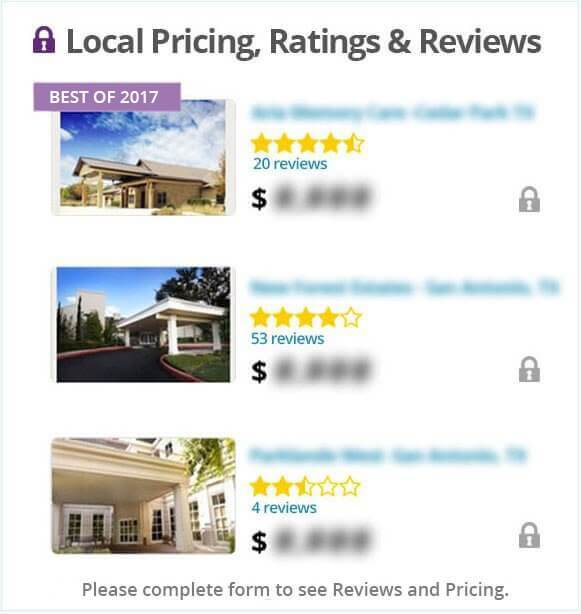This is truly one of the aspects of what I do that I love – creating photos for assisted living homes and facilities. I not only get to ‘go out into the field’ and meet facility owners, or their managers, which is rewarding – but moreso, I get to practice something that I love doing, which is taking pictures.
A sampling of my photos from Lighthouse Assisted Living:
I was asked to photograph 6 different homes for Lighthouse Assisted Living, located in the Centennial/Littleton area of Colorado. These are just a few samples from the 100’s I took. You can see most of them in this Flickr Album.
Photographing assisted living homes is not as easy as it seems. One of the biggest challenges for me is shooting the indoor scenes, rooms, and features. Often times, these rooms are somewhat darkly lit (interesting, as I would have imagined the opposite), and often times the lighting inside is mixed with both natural light coming through the windows, and the artificial Tungsten or Florescent light coming from the lamps and bulbs within.
This lighting situation is tough for most cameras to reconcile (color/white balance) on their own, and if you leave it to the camera to figure out (auto white balance) it often leaves the photo with a weird yellowish cast.
I’m not saying that yellow is bad – sometimes it is good, giving a room a nice, warm, inviting tone. However, too much makes it look, well, gross and artificial.
What I try for is a nice balance, that looks natural, warm enough, and inviting without looking fake or processed.
One of the keys to this, of course, is to do a custom white balance setting for each room. This is more advanced to go into detail on in this post, but essentially, you take a picture of a ‘grey card’ that is 18% grey, and that gives your camera a sold reference point of what a specific color is (grey) and from there it can sort out the rest of the color spectrum much better.
I was pleased with how the photos turned out on this shoot. I did use HDR (High Dynamic Range) for quite a few of them (the camera takes 3 photos in a row at different exposures, and merges them together in one shot).
I also brought some external studio lights, and also used flash (sparingly) in some of the others.
Another challenge is that many facility owners don’t want to meet at dawn or dusk, which is a great time to shoot the exterior. Early or later in the day offers much softer, prettier light and background skies. For these two homes, we were shooting the outside close to noon.
The other hurdle that often arises when photographing assisted living homes is that I have to work around the residents, who most often do not wish to be photographed. It takes a lot of patience, and respect – after all, I am essentially a stranger in their home taking pictures. This patience and respect needed is even more profound when I am working around residents who have Dementia or Alzheimer’s. Cameras, flash, and the endless array of equipment can be frightening to these folks.
These are pretty small issues that can be overcome. The solution is to make sure enough time is allotted for the shoot so proper time can be taken to set up the shots, custom white balance, and to take many with widely differing angles.
If you would like me to photograph your assisted living home for you, please contact me!









I love how to capture the design in each place. As a home designer, you got some pretty good shots capturing the each detail and to think that you shot them at noon. Anyway thanks for sharing this.
Thank you Macey. Shooting at noon is always hard, especially outside. I appreciate your comment!